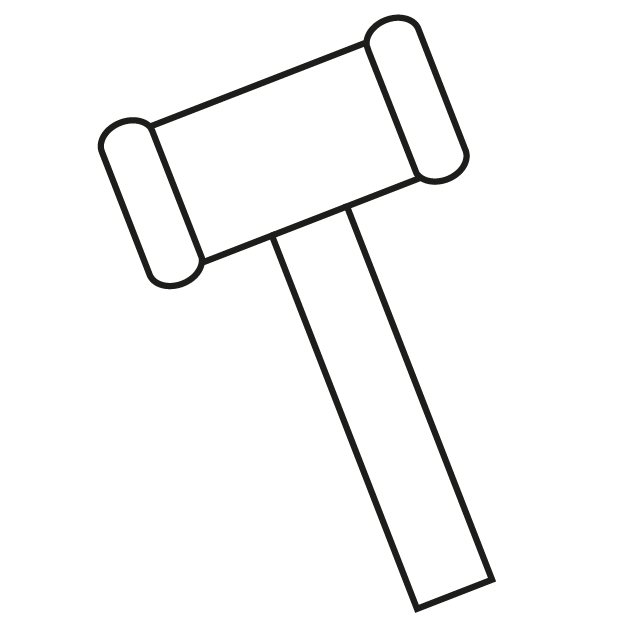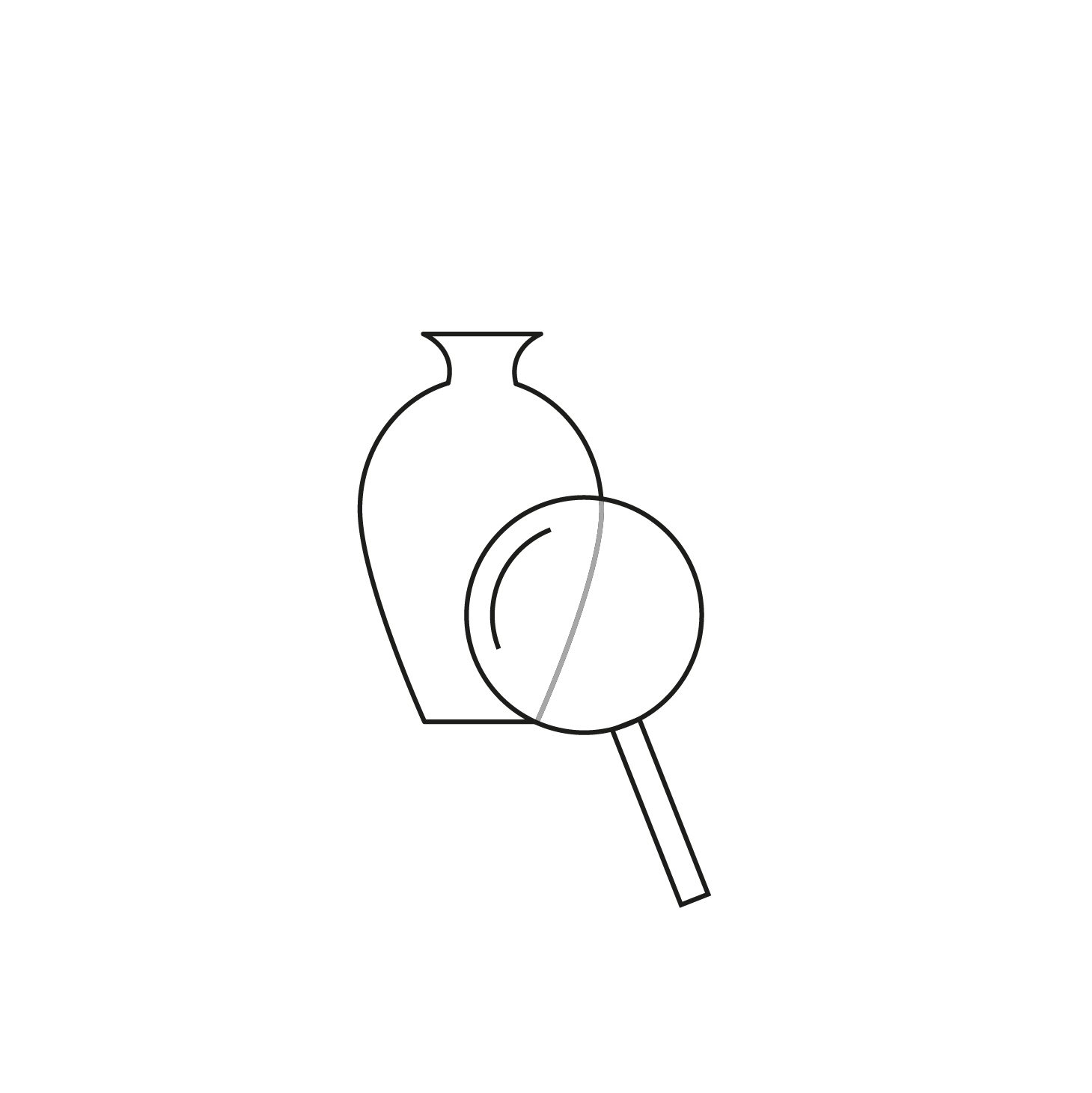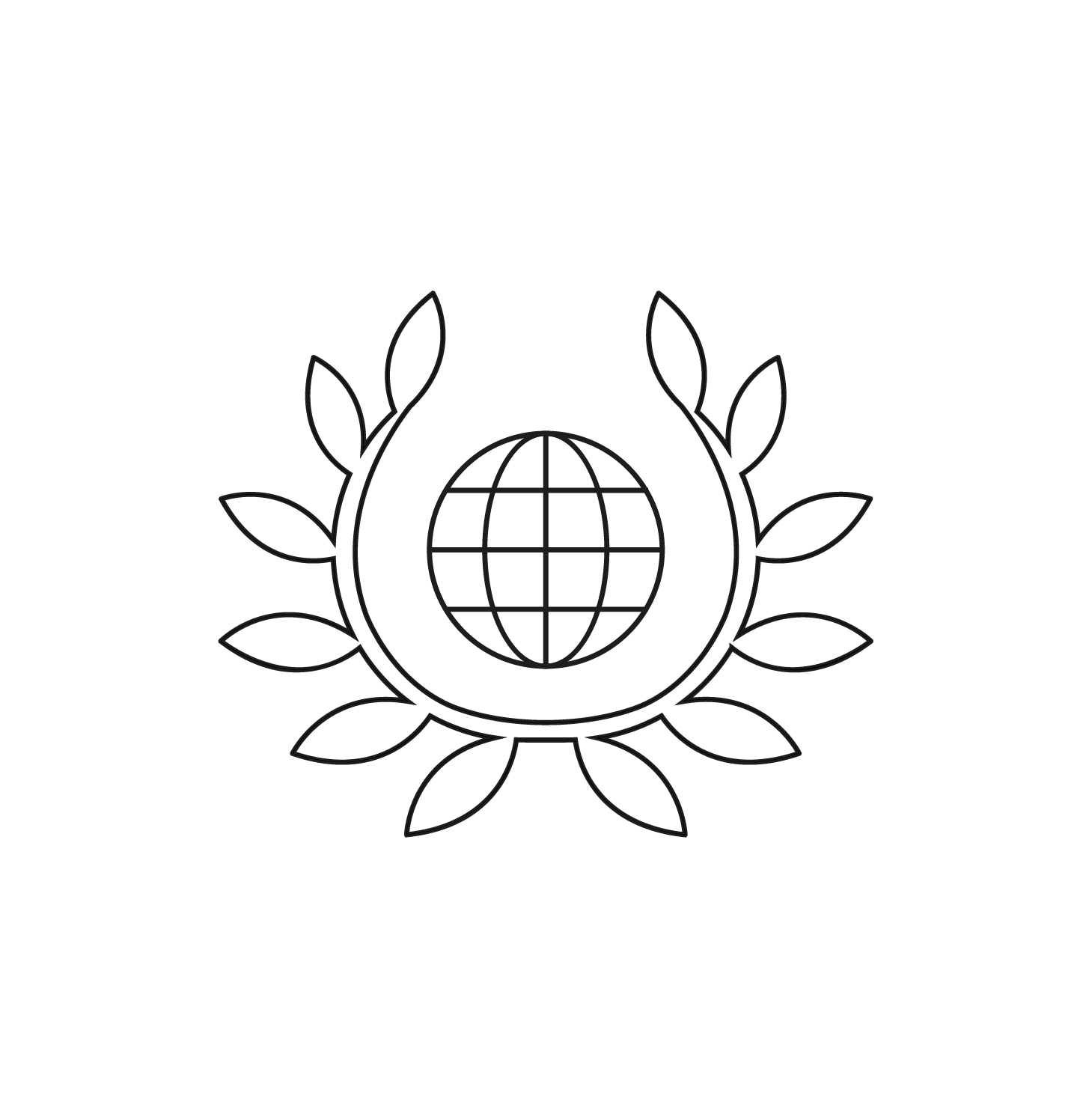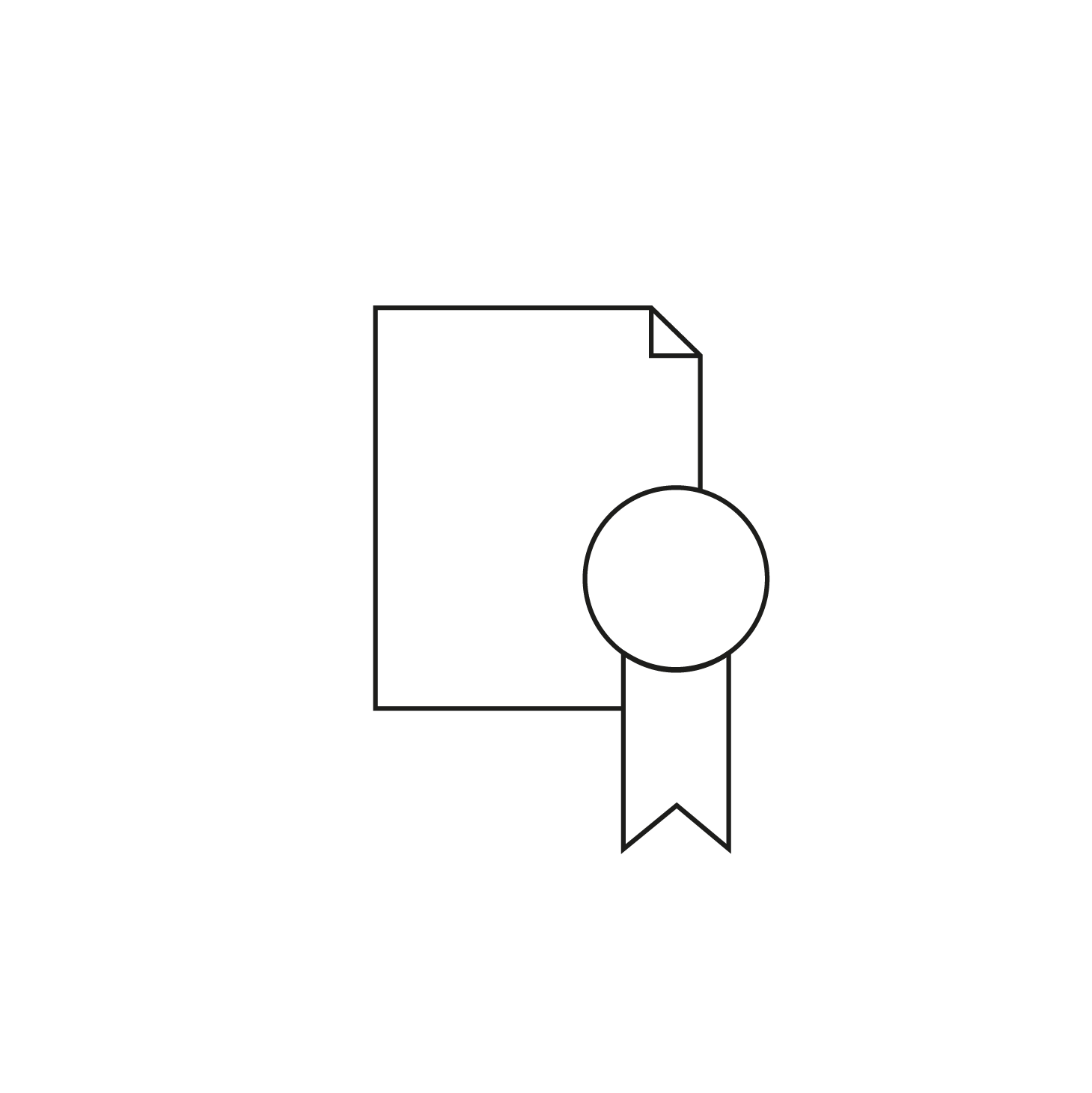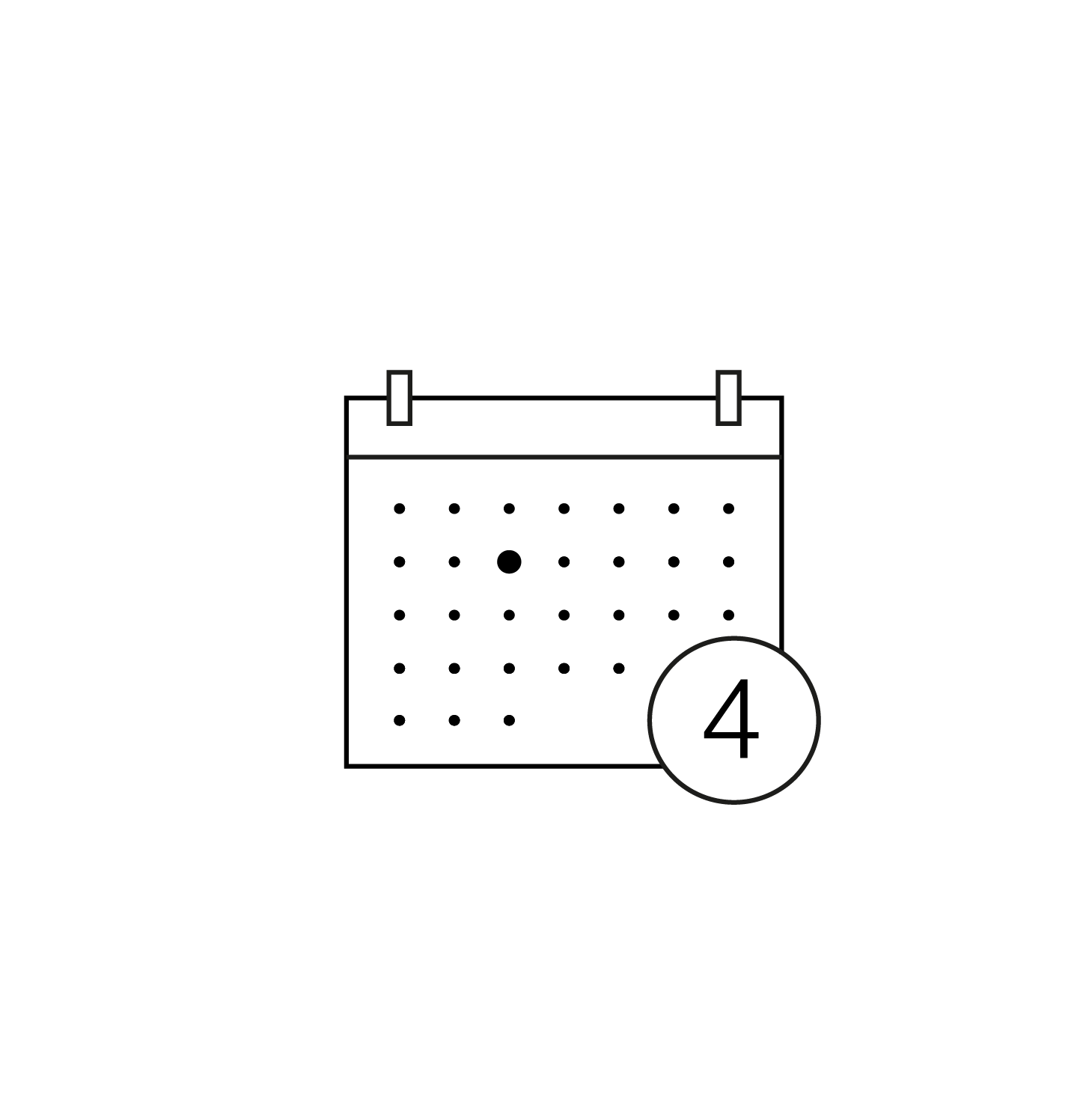Considéré comme l’une des figures de proue de l’art vietnamien moderne, Lê Phổ, fils du vice-roi du Tonkin, est né en 1907 à Hadong. Manifestant un intérêt poussé et des prédispositions précoces pour la peinture et le dessin, il intègre rapidement l’Ecole des Beaux-Arts d’Indochine où il étudie au sein de la première promotion entre 1925 et 1930.
Il y fait la connaissance de Victor Tardieu, fondateur, directeur et professeur au sein de l’institution, qui l’influencera durablement. L’enseignement prodigué au sein de l’EBAI initie les élèves à l’art et aux techniques occidentaux comme la peinture à l’huile sur toile. Parallèlement, elle les engage à garder une identité proprement asiatique, vietnamienne, du point de vue du style ou des procédés de création à l’instar de la peinture sur soie ou de l’utilisation de la laque, enseignée et chère à un artiste comme Joseph Inguimberty. Son influence sur la formation de Lê Phổ est alors déterminante.
En 1931, Victor Tardieu, sensible au talent du jeune Vietnamien, choisit d’en faire son assistant pour l’Exposition coloniale de 1931 à Paris. Pour Lê Phổ, ce séjour est l’occasion de découvrir la France ainsi qu’une partie de l’Europe où il voyage entre 1931 et 1933. La traversée de pays aussi variés que l’Italie, les Pays-Bas et la Belgique lui permet d’approfondir sa connaissance de l’art occidental et de s’y confronter directement, avant de regagner son pays natal. Lors d’un voyage à Pékin en 1934, il découvre la peinture traditionnelle chinoise qui exercera elle aussi une influence décisive sur sa production.

